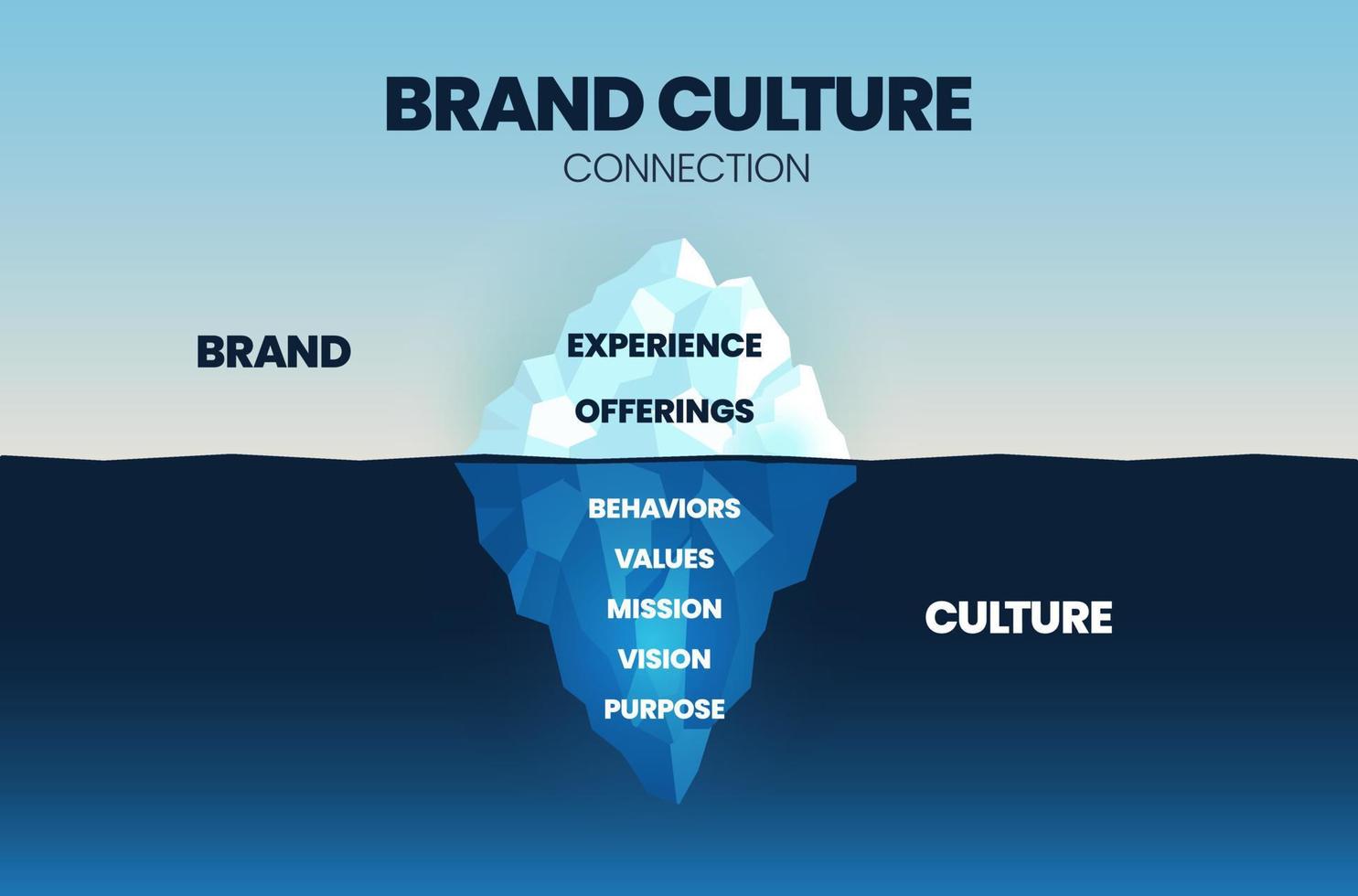Understanding Culture & Branding: What It Means To The Marketing World
Understanding Culture & Branding
Culture in the context of branding and marketing refers to the collective values, beliefs, customs, behaviors, and artifacts that define a group or society. It shapes how individuals perceive and interact with the world around them. Culture encompasses a wide range of elements, including language, traditions, social norms, and artistic expressions.
Branding is the process of creating a unique identity for a product, service, or company through names, logos, slogans, designs, and other visual and verbal elements. A strong brand conveys specific values and promises to consumers, differentiating it from competitors.
The Intersection of Culture & Branding in Marketing

Culture & Branding in marketing is the strategic use of cultural elements to create and promote a brand that resonates deeply with target audiences. This approach leverages cultural insights to build emotional connections, enhance brand relevance, and foster loyalty. Here’s how culture and branding are intertwined and utilized effectively in the marketing world:
Cultural Insights: Understanding the cultural context of the target audience helps brands tailor their messages, products, and experiences to align with consumers' values and lifestyles. This involves in-depth research into local customs, traditions, and social norms.
Storytelling: Brands use culturally relevant stories and narratives to engage consumers. These stories often reflect the audience's experiences, aspirations, and values, making the brand more relatable. For example, a brand might share stories of local heroes or cultural legends to connect with its audience.
Symbolism and Imagery: Incorporating cultural symbols, motifs, and imagery in branding materials can evoke familiarity and emotional responses from the audience. These elements help create a visual language that resonates with specific cultural groups.
Local Adaptation: Brands adjust their marketing strategies to fit the cultural nuances of different regions. This might include adapting product features, marketing messages, and advertising styles to align with local preferences. For instance, a food brand might offer region-specific flavors that cater to local tastes.
Cultural Advocacy: Brands may support social causes and cultural movements that resonate with their audience, positioning themselves as allies and advocates for shared values. This can enhance the brand’s image and build stronger connections with consumers who share similar beliefs.
Participation in Cultural Events: Engaging with cultural events, festivals, and traditions can help brands build visibility and connect with consumers in meaningful ways. Sponsorships, collaborations, and event-specific marketing campaigns are common strategies.
Examples of Culture & Branding in Marketing
Coca-Cola: Coca-Cola's global campaigns often emphasize universal themes of happiness, friendship, and togetherness. The brand adapts its messaging to reflect local customs and traditions, making it a familiar and beloved brand worldwide.
Nike: Nike's branding focuses on empowerment, athletic excellence, and social justice. Campaigns like "Just Do It" and endorsements of athletes who break cultural barriers help Nike resonate with diverse audiences.
Starbucks: Starbucks positions itself as a “third place” (apart from home and work) where people can relax and connect. The brand incorporates local design elements in its stores and adapts its menu to include regional flavors.
Airbnb: Airbnb's branding revolves around the concept of "belonging" and experiencing local cultures. Their marketing campaigns often highlight authentic travel experiences and community connections.
Dove: Dove’s "Real Beauty" campaign challenges traditional beauty standards and promotes body positivity. By advocating for cultural change and inclusivity, Dove connects deeply with its audience.
Benefits of Using Culture & Branding in Marketing
- Emotional Connection: Cultural branding fosters emotional bonds between the brand and consumers, leading to increased loyalty.
- Relevance and Resonance: Aligning with cultural values and trends makes brands more relevant and resonant to their target audience.
- Differentiation: Cultural branding helps brands stand out by showcasing unique cultural elements and values.
- Community Building: Brands can build a sense of community among consumers who share similar cultural values and identities.
Challenges of Cultural Branding
Cultural Sensitivity: Misunderstanding or misrepresenting cultural elements can lead to backlash and damage a brand’s reputation. Brands must ensure they accurately and respectfully represent the cultures they engage with.
Constant Evolution: Cultural dynamics change over time, requiring brands to stay updated and adaptable to remain relevant.
Balancing Global and Local: For global brands, balancing a consistent brand identity with local cultural adaptations can be challenging. They must manage the tension between maintaining a unified brand image and catering to diverse cultural preferences.
Implementing Culture & Branding Strategies
To successfully integrate culture & branding in marketing, brands can follow these steps:
Research and Understand Cultural Contexts: Conduct thorough research to understand the cultural nuances, values, and behaviors of your target audience. This involves studying local traditions, social norms, and emerging cultural trends.
Develop Culturally Relevant Content: Create content that reflects the cultural context of your audience. Use stories, symbols, and imagery that resonate with their experiences and values.
Engage with Cultural Influencers: Collaborate with cultural influencers and thought leaders who can authentically represent your brand within their communities. Their endorsement can enhance credibility and reach.
Adapt Marketing Strategies: Tailor your marketing strategies to fit different cultural contexts. This might involve localizing your advertising campaigns, packaging, and product features to align with regional preferences.
Monitor and Adapt: Continuously monitor cultural trends and consumer feedback to stay attuned to changes. Be prepared to adapt your strategies to maintain cultural relevance and sensitivity.
Support Cultural and Social Causes: Show your commitment to the values and causes important to your audience. This can enhance your brand’s image and build deeper connections with consumers.
Conclusion
Culture & Branding in marketing is about more than just using cultural elements in advertising. It’s about understanding and respecting the cultural contexts of your audience, creating meaningful connections, and building a brand that resonates on a deeper level. By leveraging cultural insights, brands can create more relevant, engaging, and impactful marketing strategies that foster loyalty and community among consumers.
Comments
Post a Comment